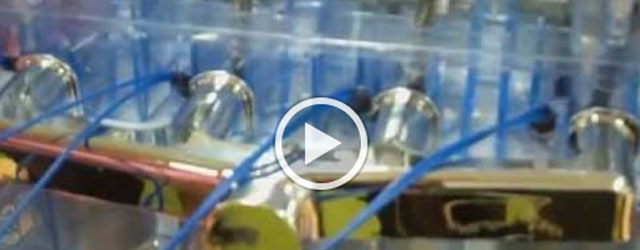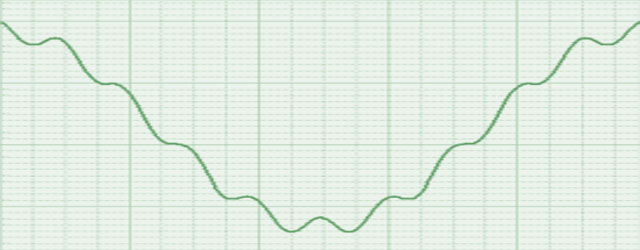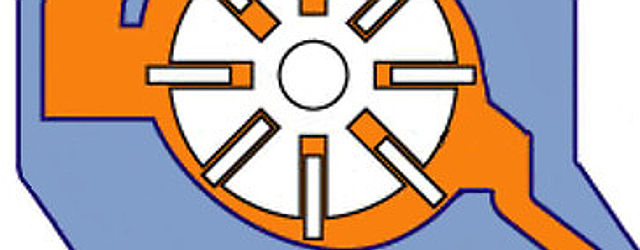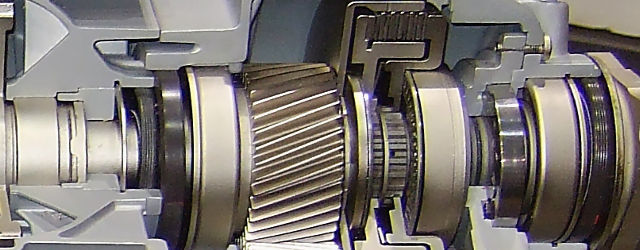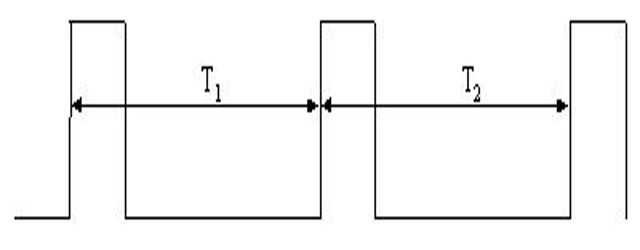How do I perform vibration analysis on a cylinder head and inlet manifold?
We were asked the following question…
I want to perform some cylinder head and inlet manifold vibration analysis, what should I do?
First we need to consider sensor selection (more…)

